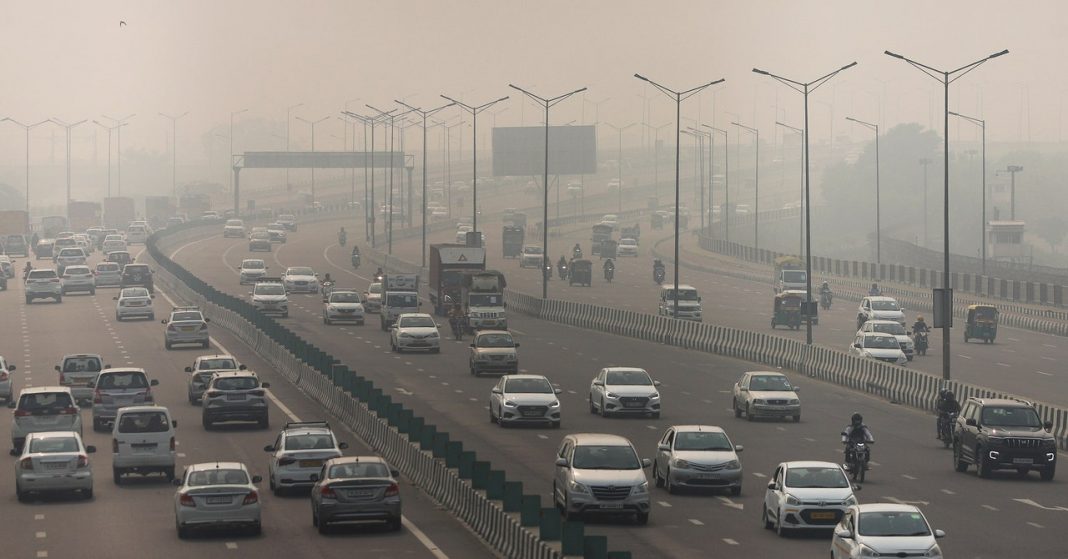Fossil fuels are rapidly warming the planet, and the aerosols from their combustion kill millions of people each year. So we need to rapidly decarbonize. But in an ironic twist, those aerosols actually have one beneficial side effect: They cool the atmosphere. It creates an odd climate contradiction. If we burn less gas, oil, and coal, we’ll stop loading the sky with planet-warming carbon, but we’ll also load it with fewer planet-cooling aerosols.
But exactly how much cooling we get from aerosols, and how strong that effect will be as the world weans off fossil fuels, are huge questions among climate researchers. “It’s taken as read that aerosols are important,” says University of Oxford climate scientist Duncan Watson-Parris. “And this uncertainty in the aerosol effect is a key uncertainty in climate science.”
Last week, Watson-Parris published a paper in the journal Nature Climate Change in which he played out a scenario for how aerosol concentrations will change through the end of the century. It assumes that as we burn less fossil fuel, we’ll produce fewer aerosols. But he was able to tweak how much cooling those aerosols could provide going forward. In one version of the model, which assumed that aerosols have a more intense cooling effect, losing them was a bit like switching off the planet’s air conditioning. The resulting warming would be enough to overshoot the Paris Agreement’s goal of keeping global temperatures from increasing more than 1.5 degrees Celsius.
But if we assume that aerosols actually have a 50 percent smaller cooling effect, losing them will matter less, and we’ll have a better chance at keeping warming below 1.5 degrees. Pinpointing the size of this effect would be key for policymakers, he points out, who have spent the past two weeks at the COP27 climate conference in Egypt negotiating how much more carbon countries should be allowed to emit.
But nailing down that figure has been difficult, thanks to the dizzying complexity of aerosols and Earth’s atmosphere. Burning fossil fuels produces clouds of microscopic particles, primarily sulfate, which cool the climate in two main ways. “The little particles themselves act like little mirrors, and they reflect some sunlight straight back to space,” says Watson-Parris. “So it’s a little bit like a parasol.” All of these tiny atmospheric parasols shield the surface of the planet from solar radiation.
The second way is more indirect: They influence the formation of clouds, which in turn affect the local climate. “All aerosols act as nuclei on which water vapor in the atmosphere condenses and forms cloud droplets,” says Watson-Parris.
Clouds do this naturally when water condenses around specks of dust. But if you load a given area with extra aerosols, the droplets end up being more numerous, yet smaller: There’s only so much water vapor to go around all the particles. Smaller droplets are brighter than bigger ones, which whitens the cloud, causing it to bounce more of the sun’s energy back into space. “If you make the droplets smaller, they will potentially precipitate less, and the clouds can live longer,” says Watson-Parris. “And this—we call it a lifetime effect—is one of the most uncertain and potentially one of the larger contributions to this overall cooling.”
